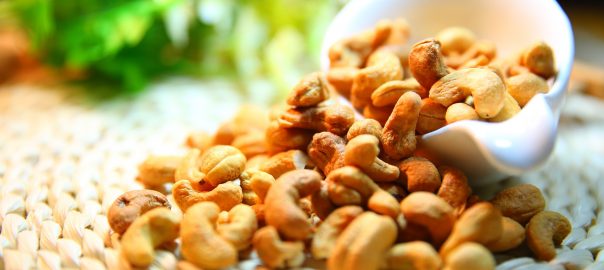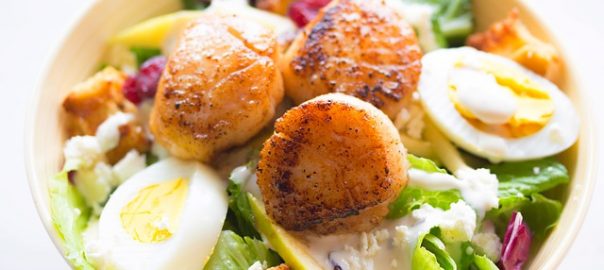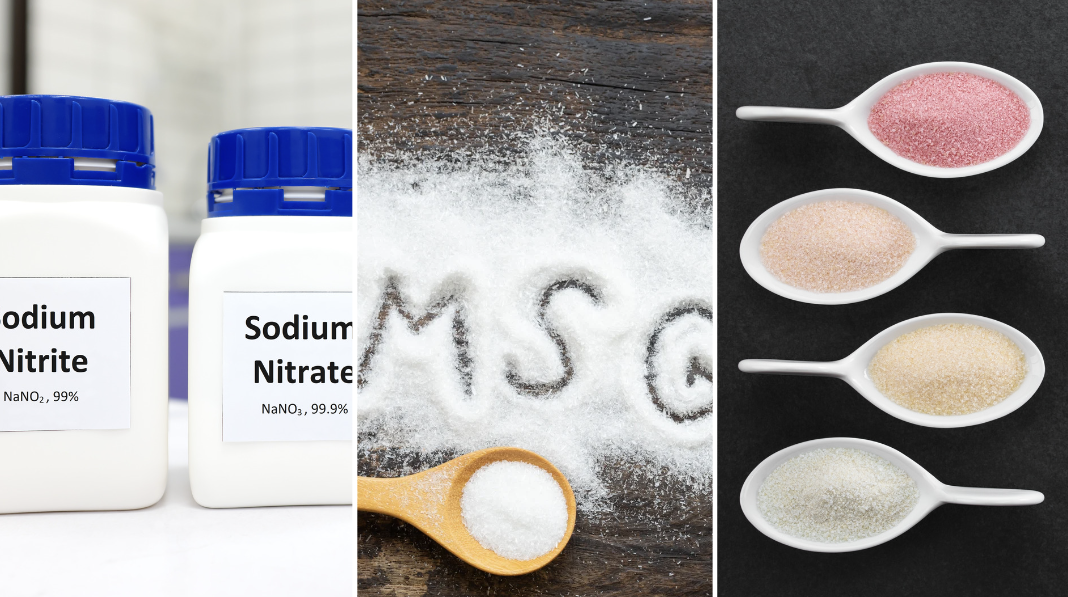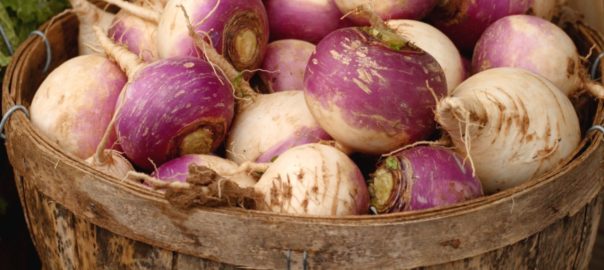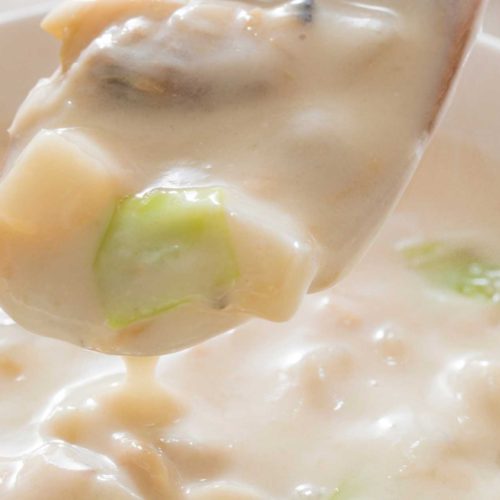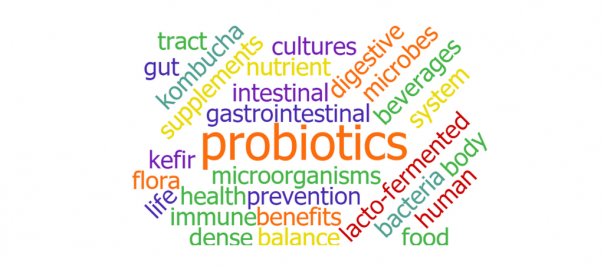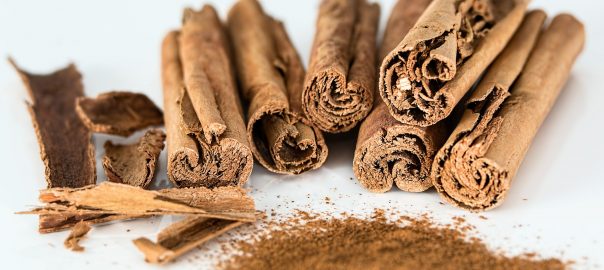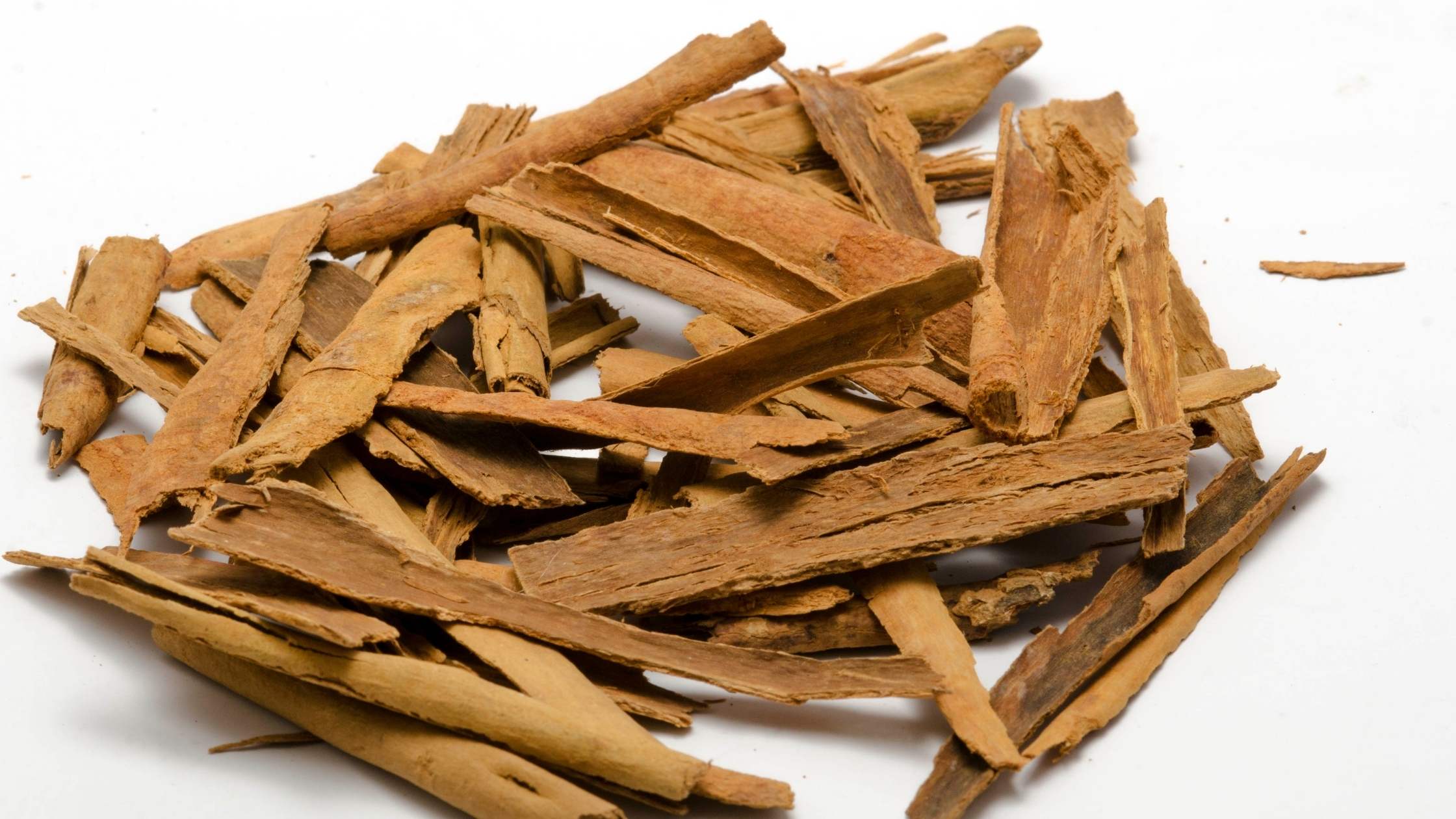Why Sprout Nuts and Seeds
Nuts are one of the healthiest and nutrient-dense foods. They are known to contain high levels of key minerals such as calcium, iron, omega 3 fats, and vitamin E. Studies have shown that consuming nuts may also help fight various conditions such as cancer, heart disease, Alzheimer’s and depression.
Although rich in many nutrients, they have a mechanism that makes it rather hard for the human body to absorb these items. Enzyme inhibitors and toxic substances such as goitrogens and phytic acid make it hard both to digest and take up the nutrients contained in the nuts and seeds.
Fortunately, there’s a simple and natural way to get rid of these substances. Sprouting, sometimes referred to as soaking softens and readies the nuts or seeds for germination. When they are sprouted it forces them to get shed the phytic acids and other protective substances that ensure their survival but inhibit nutrient absorption. It also gives a little bit of a nutrient bump due to the sprouting activity.
It is, therefore, really important to soak and sprout nuts and seeds before consuming them in order to get the most nutrition possible out of them.
Once soaked, the nuts make the perfect snack or addition to your smoothies. They are also great for making nut-butters which are a great snack when added to sliced apples or pears, on celery, or used in a wide variety of recipes.
How to Sprout
Sprouting the nuts and seeds is quite simple. All you need is a glass jar, some sea salt, water, and the nuts or seeds you want to sprout. If you're using a quart jar you can make 4 cups, a pint jar will yield 2 cups. For ease of use, it's best to get wide-mouth canning jars.
The nuts and seeds need to be raw, unroasted, and unsalted in order for this process to work. I do not recommend mixing the nuts and seeds together, even if they require the same amount of time for soaking. Personally, I find it better to soak each one individually. If you want to turn them into a trail mix or use them combined you can do that after they have been sprouted and dried.
Simply put the nuts in the jar, add two teaspoons of sea salt, fill it up with water and leave to soak for the required period of time.
How long to soak for sprouting
Every nut or seed has a different soaking period. Here’s a chart to help you understand the timing needed to soak each different kind.
- Almonds – 8 to 12 hours
- Brazil nuts – 8 hours
- Cashew nuts – 2 to 3 hours
- Hazelnuts (filberts) – 8 to 12 hours
- Macadamia nuts – 2 hours
- Pecans – 4 to 6 hours
- Pistachio nuts – 6 to 8 hours
- Pepitas – 8 hours
- Sesame – 8 hours
- Sunflower seeds (no hull) – 2 hours
- Walnuts – 4 to 8 hours
Once you have removed the seeds and nuts from the water, you can dry them; the best way is to use a dehydrator or oven. If you opt to use the oven, set it at 150F and let the seeds and nuts dry for 12 to 24 hours. Make sure that they are completely dry before removing them. For the dehydrator, it depends on how well yours works, if you have a manual you can check it for recommended drying times.
It is important to note that not all seeds can or should be sprouted. In particular, avoid sprouting chia seeds, hemp seeds, flax seeds, and pine nuts.
Nutrients in nuts
Different nuts have different nutrients making it a good idea to snack on a variety rather than just one or two. I find that a quick and easy trail mix is 3 parts nuts, 2 parts seeds, 1 part dried fruit. Mixing different nuts and seeds gives you a tasty treat and a nutritional boost.
For those who really want to know:
- Acorns – highest in manganese
- Almonds – highest in manganese and vitamin E
- Beechnuts – highest in manganese
- Brazil nuts – extremely high in selenium, also a great source of manganese, phosphorus, and magnesium
- Cashews – highest in copper, but also a good source of magnesium and tryptophan
- Chestnuts – (European) highest in manganese
- Hazelnuts – (also called filberts) very high in vitamin E and a good source of B vitamins
- Hickory nuts – very high in selenium, also high in magnesium, thiamin, and copper
- Macadamia nuts – very high in selenium and thiamin, also high in copper and magnesium
- Peanuts – not a nut, they're actually a legume, a good source of manganese and tryptophan
- Pecans – very high in manganese, also high in copper and thiamin
- Pistachio – very high in B6, a good source of manganese, copper, phosphorus, and thiamin
- Walnuts – very high in omega 3 fatty acids and a great source of manganese
Recipes
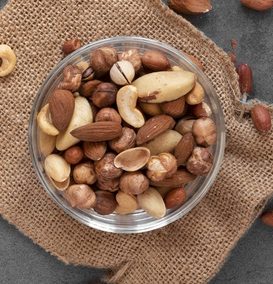
Soaked/Sprouted Nuts
Ingredients
- 4 cups of nuts
- 2 teaspoons sea salt
- water
Instructions
- Place nuts in a quart jar, add salt, and fill with water
- Let soak overnight
- Drain and then dry in dehydrator or oven set at 175ºF 12-24 hours or until completely dry.

3-2-1 Trail Mix
Ingredients
- 3 parts raw nuts (soaked/sprouted preferred)
- 2 parts raw seeds (soaked/sprouted preferred)
- 1 part dried fruit
Instructions
- Be sure to look for dried fruit that does not have added sugar, sulfites, or other preservatives
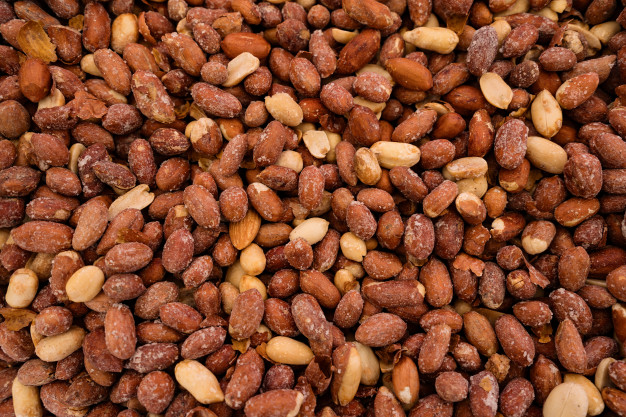
Crock Pot Roasted Nuts
Ingredients
- 4 c. raw soaked nuts
- 1/2 C. melted coconut oil
- seasonings
Instructions
- Cook on low for 2-3 hours, stirring every 30 minutes, with the lid off
- When done turn off the crockpot and let the mixture cool completely in the crock before jarring up
- How you season them is up to you. I have a couple of mixes that I like but feel free to go ahead and make up your own.1 T. Penzey's taco seasoning + 1/2 t. hot sauce or 1 t. red pepper flakes1 T. tamari sauce + 1/2 t. garlic powder + 1/4 t. sea salt1 T. curry powder + 1/2 t. ground cinnamon1 T. sucanat + 2 t. ground cinnamon + 1/4 t. nutmeg2 t. vanilla + 2 t. sucanat + 1/2 t. pumpkin pie spice
[expand title=”Sources“]
- https://www.fastachi.com/nuts_health_benefits
- https://www.foodmatters.com/article/the-benefits-of-soaking-nuts-and-seeds
- Shahidi, Fereidoon, et al. 8 Almond and Almond Products: Nutraceutical Components. Tree Nuts: Composition, Phytochemicals, and Health Effects (2008): 127.
- Vinson, Joe A., and Yuxing Cai. Nuts, especially walnuts, have both antioxidant quantity and efficacy and exhibit significant potential health benefits. Food & function 3.2 (2012): 134-140.
- Yadav, Mukesh, et al. “Medicinal and biological potential of pumpkin: an updated review.” Nutrition research reviews 23.2 (2010): 184-190.
[/expand]

